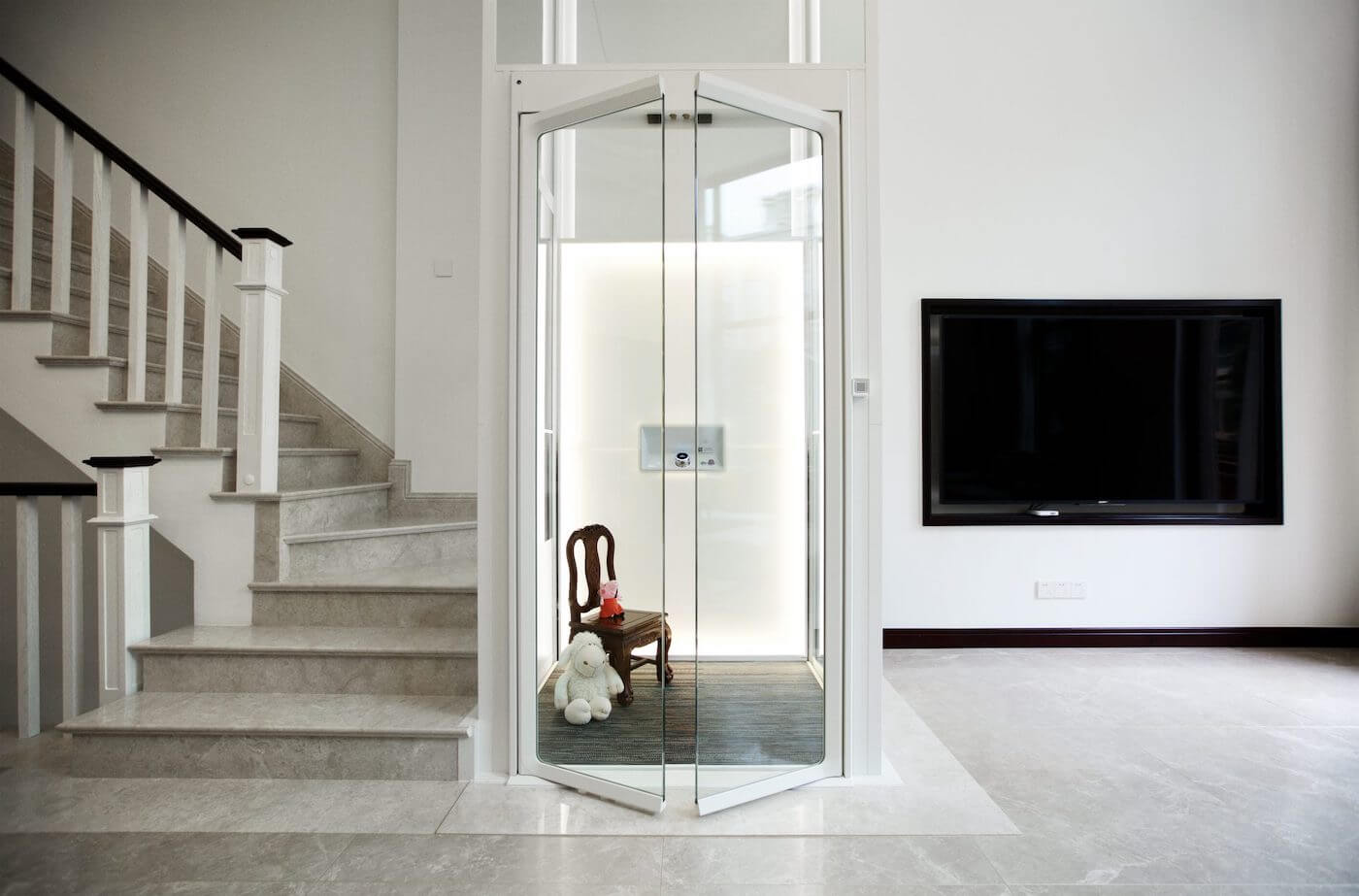Leading Lift Companies in London: Providing Exceptional Solution and Support
Wiki Article
Exploring the Globe of Lifts: Typical Issues Encountered by Numerous Lift Devices
As we navigate via the vertical transportation systems of modern structures, elevators stand out as an essential component of our everyday lives. From hydraulic elevators to traction systems and machine-room-less layouts, each lift kind comes with its collection of common concerns.Hydraulic Lifts
Hydraulic lifts, commonly liked for low-rise buildings, use fluid stress to control the activity of the elevator vehicle (lift repair companies). This mechanism involves a hydraulic pump pushing oil right into a cyndrical tube, causing the elevator to relocate the preferred direction. While hydraulic lifts are understood for their peaceful and smooth operation, they do feature their very own collection of typical concernsOne common trouble with hydraulic lifts is oil leakage. The seals in the hydraulic system can break over time, resulting in oil infiltration. This not only creates a mess yet can additionally impact the lift's efficiency if left unaddressed. Furthermore, problems with the control system, such as defective valves or a malfunctioning pump, can trigger disruptions in the lift's motion.
Regular upkeep and prompt fixings are necessary to guarantee the smooth functioning of hydraulic lifts. By addressing these typical concerns proactively, building owners can decrease downtime and make certain the security and effectiveness of their upright transport system.
Traction Lifts
When taking into consideration vertical transport systems in buildings, one more usual kind besides hydraulic elevators is the traction elevator. Grip elevators run using a system of ropes and weights that move the lift auto by clutching onto the hoist ropes. This system enables smoother and faster upright transportation contrasted to hydraulic systems.Among the usual problems faced by grip lifts is rope wear. The consistent movement of the ropes within the grip system can result in tear and wear in time, potentially causing the elevator to breakdown or come to be harmful for use. Regular evaluations and maintenance of the ropes are necessary to make certain the lift's appropriate performance and safety.
An additional concern that traction lifts might encounter is connected to the control system. Troubles with the control system can result in concerns such as irregular motion, delays in action times, or even total shutdowns. Normal screening and upkeep of the control system are crucial to stop such issues and ensure the lift's integrity.
Machine-Room-Less (MRL) Lifts

One of the essential components of MRL lifts is the compact gearless traction machine that is installed within the hoistway. This equipment efficiently drives the lift cars and truck without the demand for large equipment discovered in traditional traction lifts. Furthermore, MRL lifts commonly use a counterweight system to balance the car, more improving their power performance.
In spite of their advantages, MRL elevators might encounter difficulties associated with repair and maintenance because of the constrained area for devices setup. Access for servicing parts within the shaft can be restricted, requiring specialized training for professionals. Appropriate maintenance timetables and normal examinations are critical to guarantee the continued smooth operation of MRL lifts.
Overloading and Weight Limit Issues
Overwhelming and weight restriction concerns are vital concerns in elevator procedures. Lift makers style raises with details weight abilities to make sure traveler safety and tools durability.When lifts are overwhelmed, it places excessive strain on the motor, cable televisions, and various other parts, possibly triggering breakdowns or failures. If they find excess weight, safety and security mechanisms such as sensing units and overload sensing units are in place to avoid lifts from relocating. In addition, going beyond weight limits can result in boosted energy usage and damage on the elevator system.
To alleviate overwhelming problems, developing supervisors ought to plainly show weight limitations in elevators and educate passengers on the importance of adhering to these constraints - lift repair companies. Regular maintenance checks by qualified specialists can additionally assist make certain that lifts are running within risk-free weight parameters. By dealing with overloading and weight limitation concerns proactively, structure owners can improve elevator safety and security and effectiveness
Electrical System Failures
Going beyond weight limitations in lifts can not just cause mechanical issues however also possibly contribute to electric system failings within the lift facilities. Electrical system failures are a vital worry in elevator procedure, as they can trigger unexpected closures, breakdowns, or also security dangers. One common electric issue is the getting too hot of components as a result of extreme existing circulation triggered by overloading the elevator past its capacity. This can cause damage to the control, electric motor, or circuitry systems, resulting in expensive repairs and downtime.Additionally, power surges or fluctuations in the electric supply can likewise disrupt the lift's lift companies in London procedure, affecting its efficiency and safety and security. These electrical disturbances can harm sensitive lift elements such as control panels, circuit boards, or sensing units, resulting in system failures. Normal maintenance and evaluations are crucial to recognize and attend to prospective electric problems quickly, ensuring the secure and effective operation of elevator systems. By sticking to weight limits and performing routine electric system checks, structure owners can minimize the threat of electric failures in lifts.
Verdict

Hydraulic lifts, commonly favored for low-rise structures, use fluid stress to control the activity of the lift car.When thinking about upright transportation systems in structures, one more common kind apart from hydraulic elevators is the traction lift. Traction lifts run utilizing a system of ropes and weights that move the elevator cars and truck by grasping onto the hoist ropes. Unlike typical elevators that call for a separate machine space to house the tools, MRL elevators integrate many of the parts within the shaft, eliminating the demand for a specialized device room.In final thought, lifts face typical issues such as hydraulic malfunctions, grip system failures, and electrical system issues.
Report this wiki page